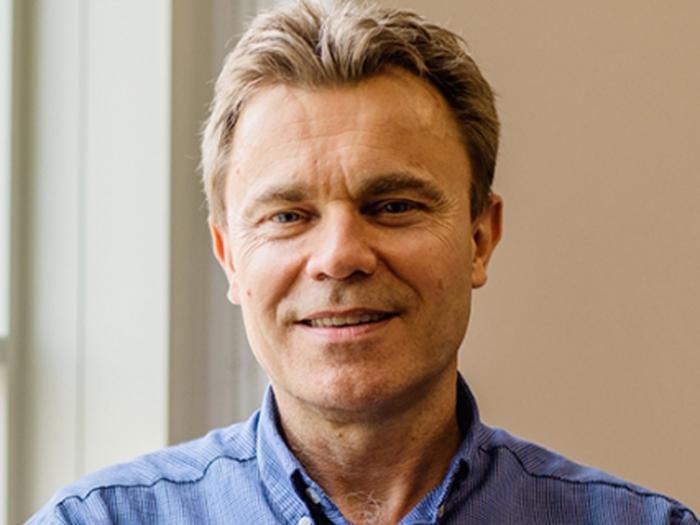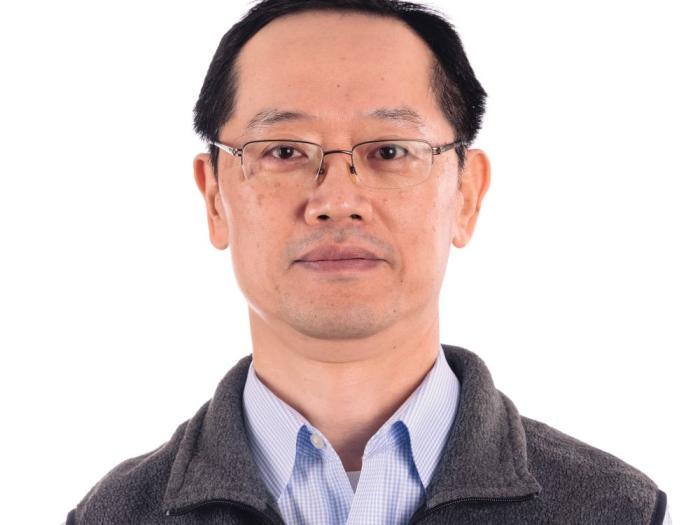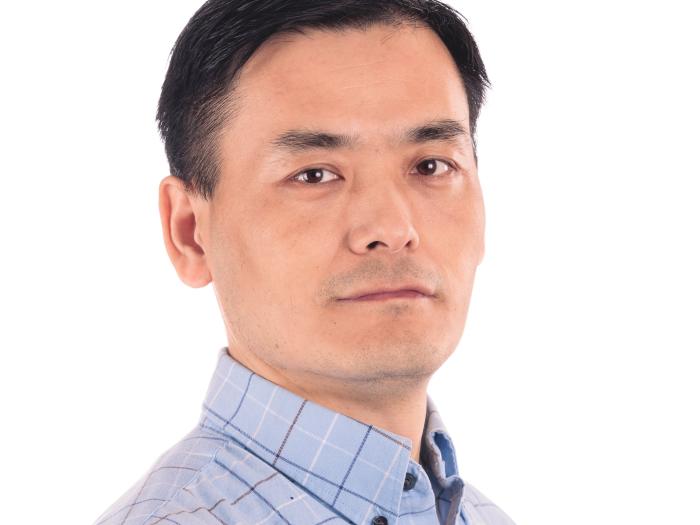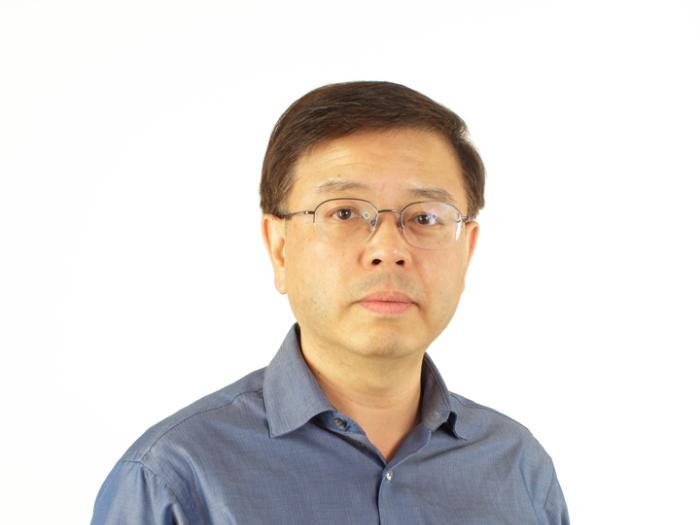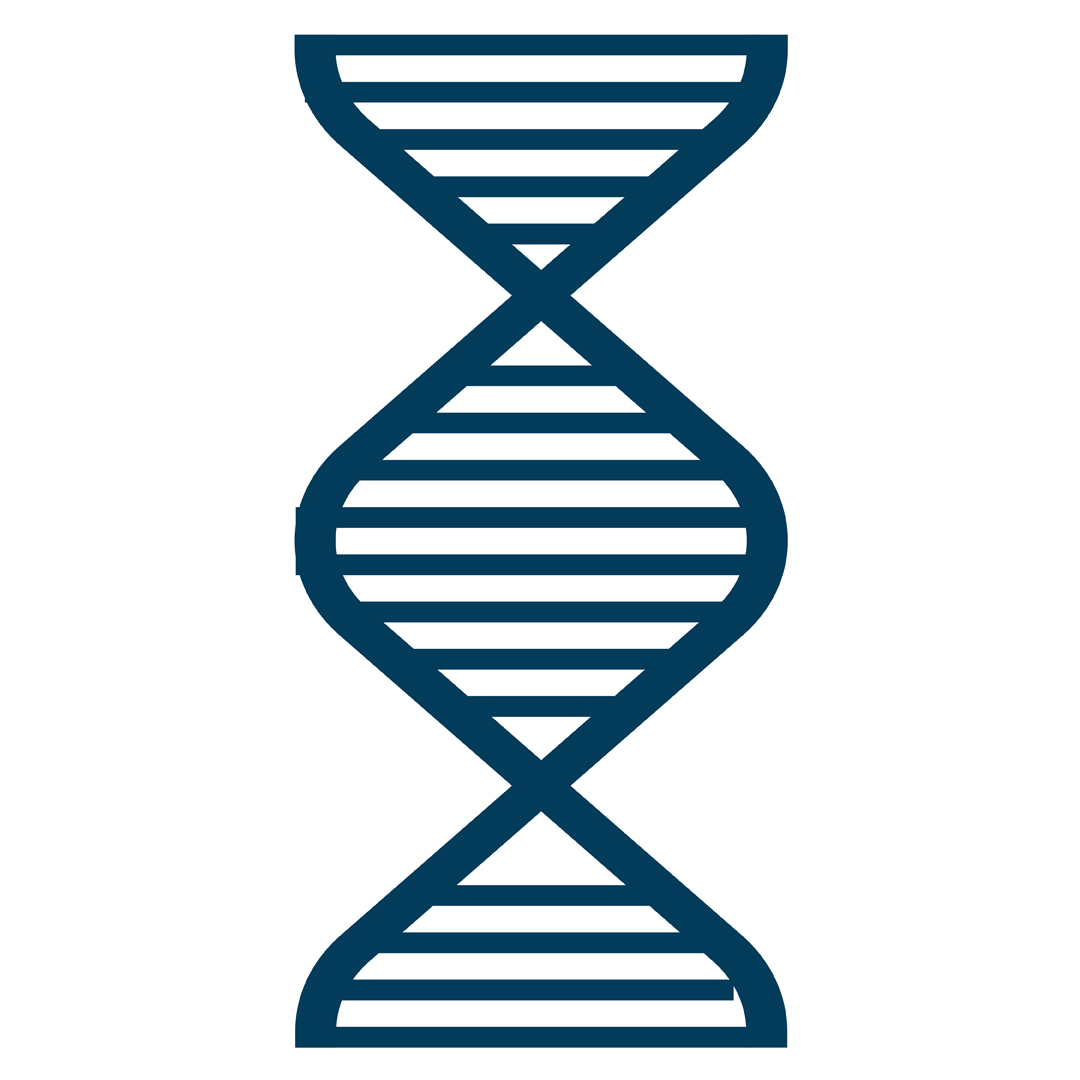Physics of Living Systems
Physics of Living Systems, also referred to as biophysics in this context, applies the theories and methods of physics to understand how biological systems work. Our theoretical biophysics research lab brings together faculty, postdoctoral associates, graduate students and undergraduate students to examine biophysics in two areas of specialization: the Experimental and Condensed-Matter Group and the Theoretical Group.
Experimental Group
The Experimental Biophysics and Condensed-Matter Group collaborates with GW faculty in chemistry, biology and the GW School of Medicine and Health Sciences, as well as federal laboratories.
Students in our labs examine structural linkages in proteins and crystalline systems and study biological and electronic functionality through sub-wavelength length-scale probes of the electromagnetic response of materials. New approaches to investigating protein functionality are being developed, based on the electronic and optical response of self assembled nanoparticle systems.
Expertise Areas
- Scanning probe-based near-field microscopy
- Detection of biomolecules by localized surface plasmon sensing
- Analysis of biomolecular structure, interaction and functional relationships
- X-ray and neutron scattering
- Osmotic stress methods for modifying cellular components
These techniques are being applied to the study of electronic materials and biomaterials and to problems in cellular biological physics.
Theoretical Group
Aiming to unravel the underlying principles of complex biological processes, research by our Theoretical Group of faculty and students ranges from modeling physical interactions at the atomic level to simulating biomolecular networks at the systems level to gain a global perspective on emergent spatial and temporal dynamics.
This multi-scale approach also aids our work to quantify the impact of evolution at all scales, from a single key enzyme or regulator to an entire enzymatic or regulatory pathways. Our work has been supported by funding from the National Science Foundation, National Institutes of Health and other agencies, and has been published in high impact journals.
History
Theoretical biophysics research in the department traces back to the heyday of Watson and Crick’s discovery of the double helix in 1953. George Gamow, then a professor of theoretical physics at GW and already well known for his big bang theory, joined the race to crack the genetic code hidden in the double helix.
Gamow founded the RNA Tie Club in 1954, an association of scientists that set out to solve the riddle of RNA function. The club’s work culminated in the final deciphering of the genetic code by Marshall Nirenberg in 1961. Times have changed with the rapid arrival of a new era of genome and proteome, but Gamow's imprint at GW endures. His spirit of interdisciplinary interactions and collaborations remains the cornerstone of our current research activities in the theoretical biophysics program.
Current Biophysics Projects
- Chromatin Dynamics
The objective of our research is to gain a detailed and mechanistic understanding of the conformation and dynamics of chromatin modulated by solution conditions (ions and molecular crowding) and genetic and epigenetic variations (nucleosomal and linker DNA and histone). We take a multi-length-scale approach that integrates solution small angle x-ray and neutron scattering (SAXS/SANS), Förster resonance energy transfer (FRET), and buffer equilibrium atomic emission spectroscopy (BE-AES) to probe global, local and charge-specific structures, respectively.
- Epigenetic Control
The study of gene regulation mediated by chromatin structure at the whole genome level is revolutionized with high throughput data generated by protocols based on next-generation sequencing. We developed a cutting-edge bioinformatic algorithm (SICER) that has been used widely in the community and incorporated into a number of popular analysis platforms such as Genomatix and Galaxy.
- Protein Microscope
In collaboration with faculty in the Chemistry Department, we are developing a new kind of microscopy that produces spatial maps of protein distributions across the surfaces of cells. Our unprecedented spatial and temporal resolution of protein function will bring new understanding to our knowledge of the physics of living systems.
- Global and Local Motifs
Are nature's bioprocesses fundamentally different from other types of processes? Are some processes inherently more complex than others? With these questions in mind, we used logic to study the problem of network. The logic-based approach enables us to simplify aspects of the problem and capture the space of networks for a given process in a single logical expression.
Research Team
